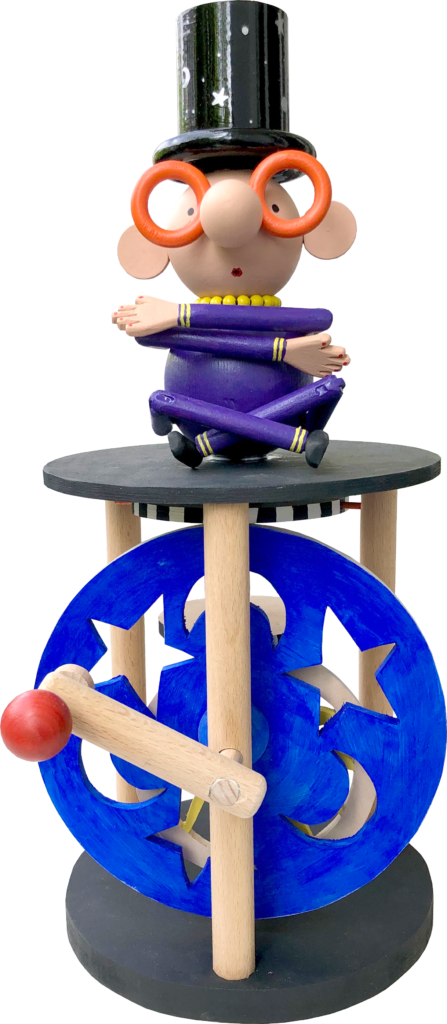
My yoga practitioner rather likes to wear a star-studded top hat while doing the daily exercises. As the hat kept falling off while doing the traditional cross-legged leaps, it seemed more useful to drop the hopping about and to concentrate solely on levitating the headgear. This requires years of practice and only the most experienced can master this extremely advanced technique. The very best practitioners eventually achieve a state of wisdom manifested by an owl appearing beneath their topper. A red owl shows a counter-clockwise attitude to life whereas a green owl definitely reveals a clockwise sense of being. Just turn the handle and be amazed at what you can discover about yourself.
The Technical Brief
The mechanism is simply based on a very eccentric cam and a drive wheel on the same horizontal axis. These both friction-drive wheels attached to two coaxial vertical shafts, one hollow one not. The eccentric cam doesn’t just rotate its wheel, but lifts it up and down by 5 cm (the size of the owls). Its wheel is attached to the hat via a wooden dowel which turns loosely inside a brass tube. The other driven wheel is connected to the brass tube which passes freely through the figure and its other end is attached to the owls. This wheel must only turn through 180 degrees to show the correct coloured owl. As the biggest drive wheel is quite large, a largish base is needed to accommodate it. Making up more than one half of the whole assembly my feeling is that it then needs to be interesting in itself. To this end I chose a round base, a very open structure so that you can see everything that goes on, and I cut decorative holes in the drive wheel and cam.
The Sun Cam
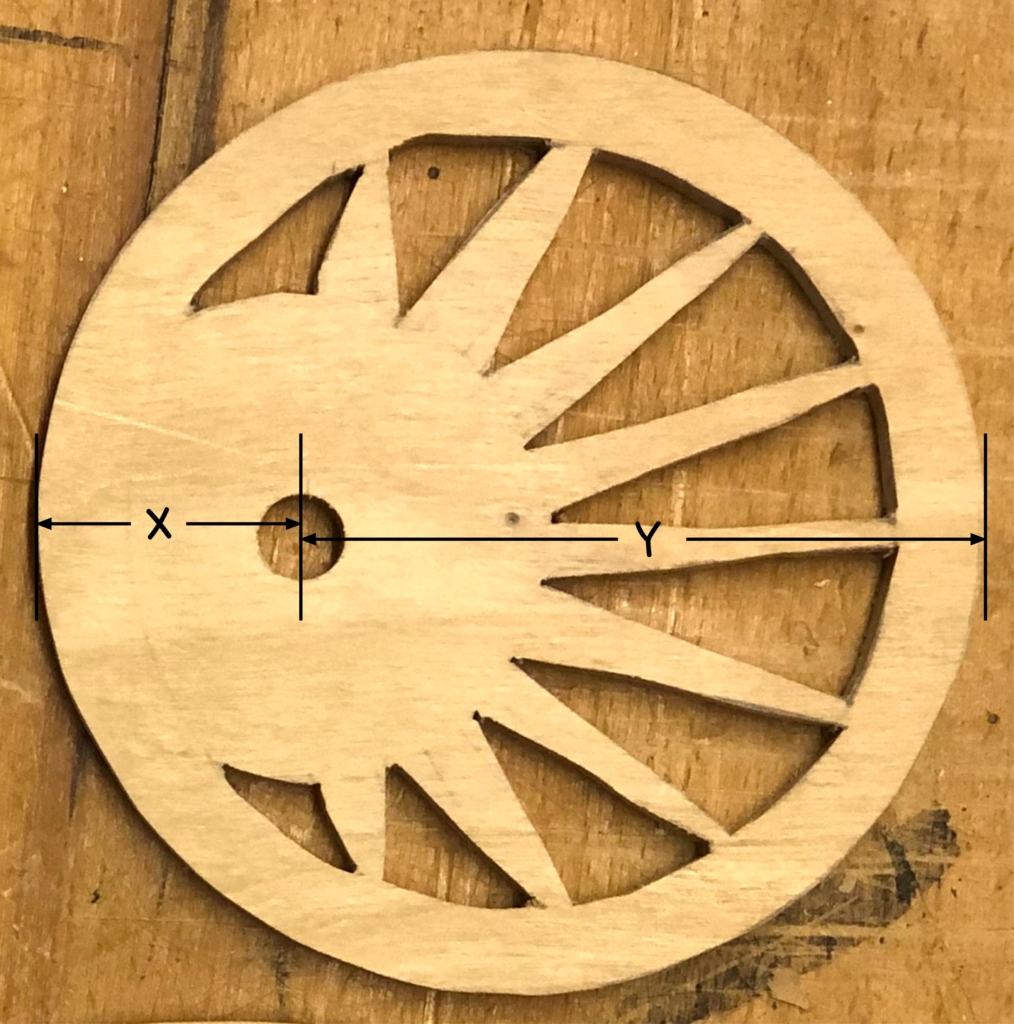
The “sun” cam is mounted on the axis which is turned by the crank. It has to provide an up and down movement of 5 cm. I chose X to be 3 cm and Y to be 8 cm which gives the required difference of 5 cm. To add to the slightly mystic flavour of the piece I cut a sun pattern. The sun does go up and down after all and with a bit of yellow paint it does look quite sunny. Note that I didn’t paint the outside circumference of the cam as it rubs against the wheel which it drives and the abrasion would quickly wear the colour away.
The Star and Moon Wheel
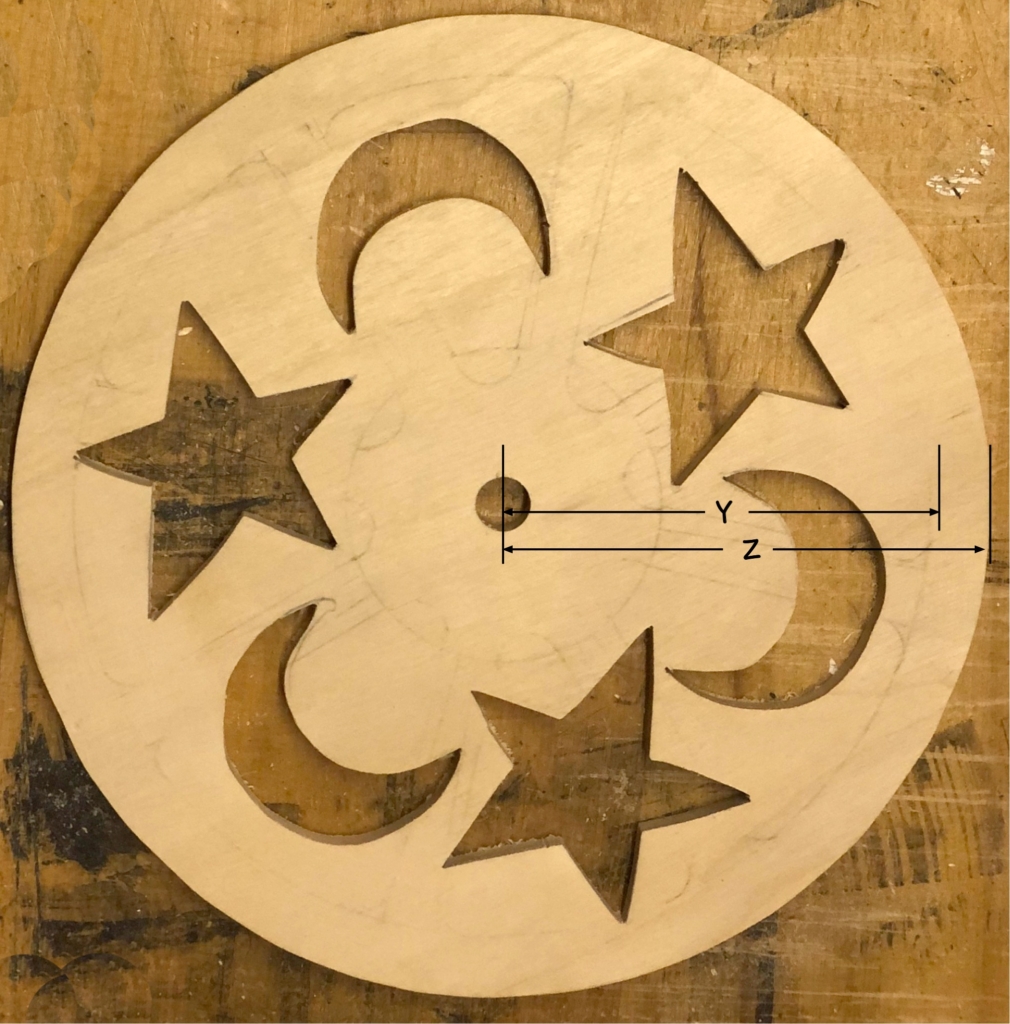
The “star and moon” wheel to turn the owls around has to have a larger radius Z=9 than the cam’s largest radius Y=8. This is to allow space for the wheels which are friction-driven. As this is a nighttime pattern, I painted it dark blue which is a nice contrast to the “sun” cam.
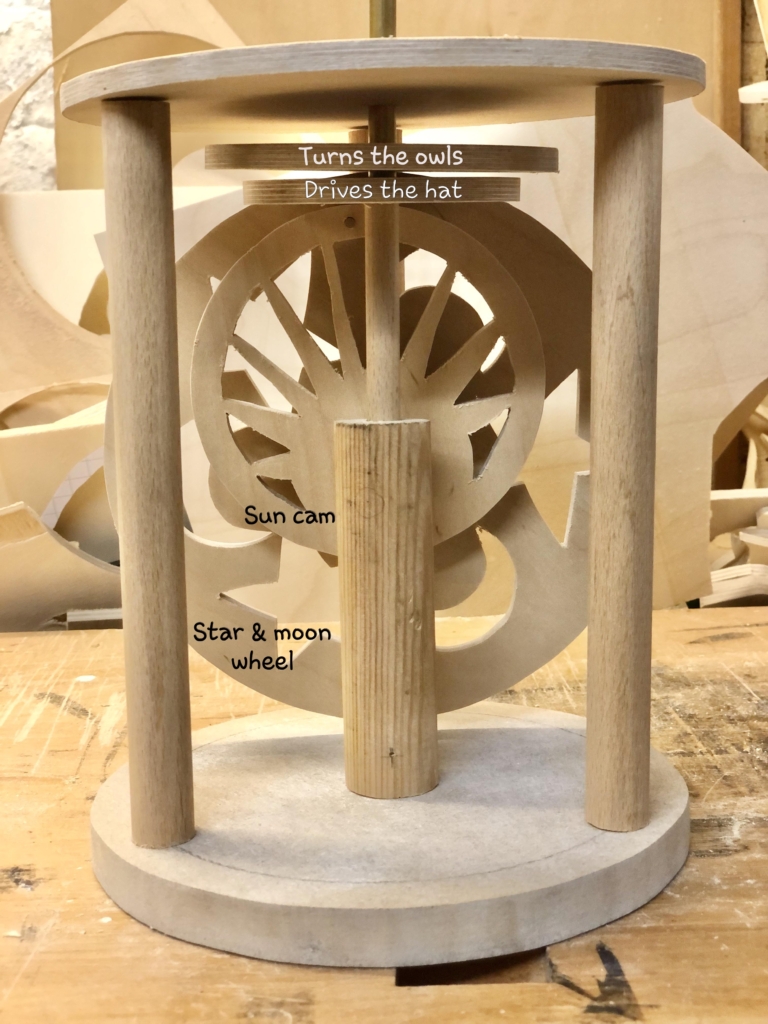
The Wheel which turns the Owls
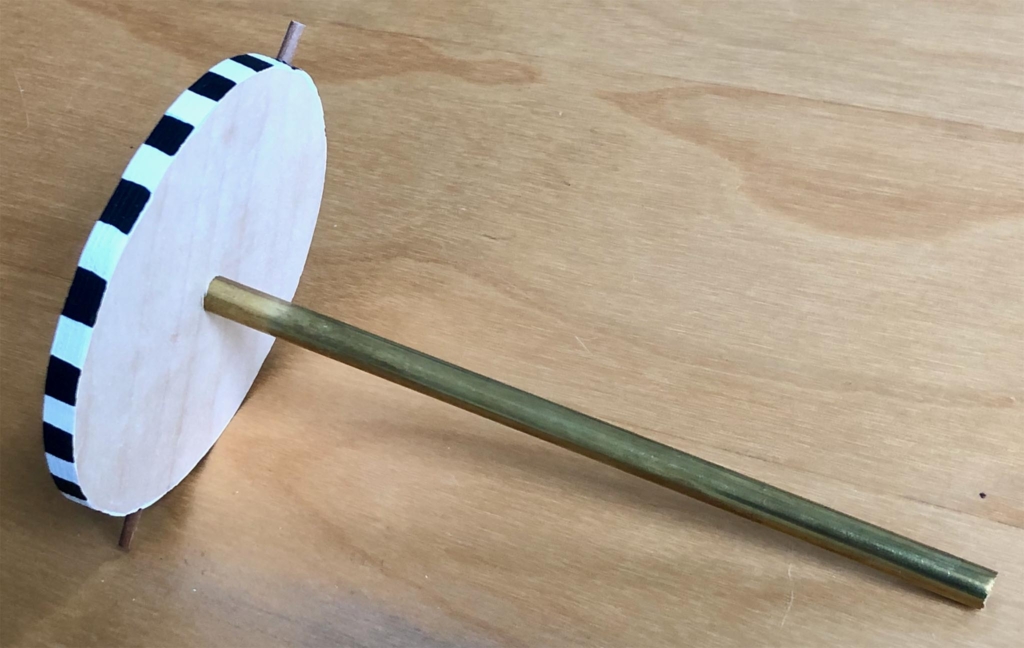
This wheel is glued to a brass tube. The other end of the tube is attached to the owls. To prevent this wheel from being turned by more than 180 degrees, I have inserted two pieces of 3 mm dowel which bump up against a piece of dowel which protrudes down beneath the top of the base.
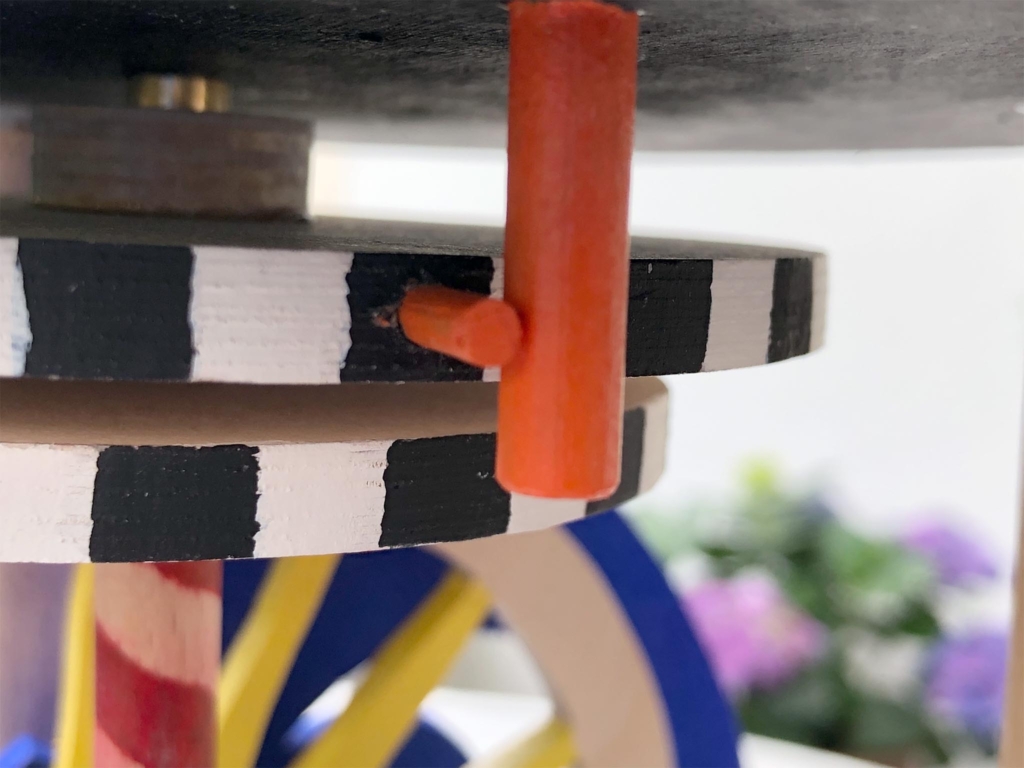
Once the stop is reached, although the “sun” cam continues to turn, it now just slips on the wheel, until the crank is turned in the other direction which will then result in a reverse 180 degree turn.
The Wise Owls
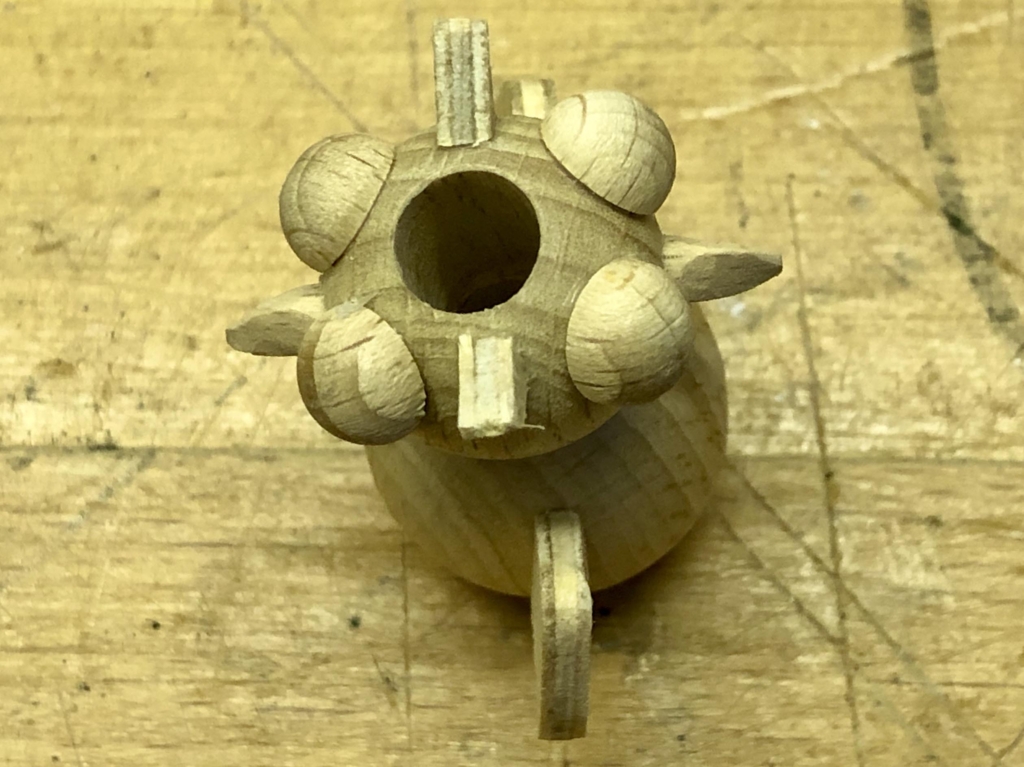
This strange looking beast is a 5 cm tall owl, or rather 2 owls back-to-back. This is why it has 4 eyes and two beaks. The hole drilled vertically through it is a snug fit on the brass tube. Turning the crank clockwise turns the green owl to the front. Turning it counter-clockwise rotates it by 180 degrees to bring the red owl to the fore.
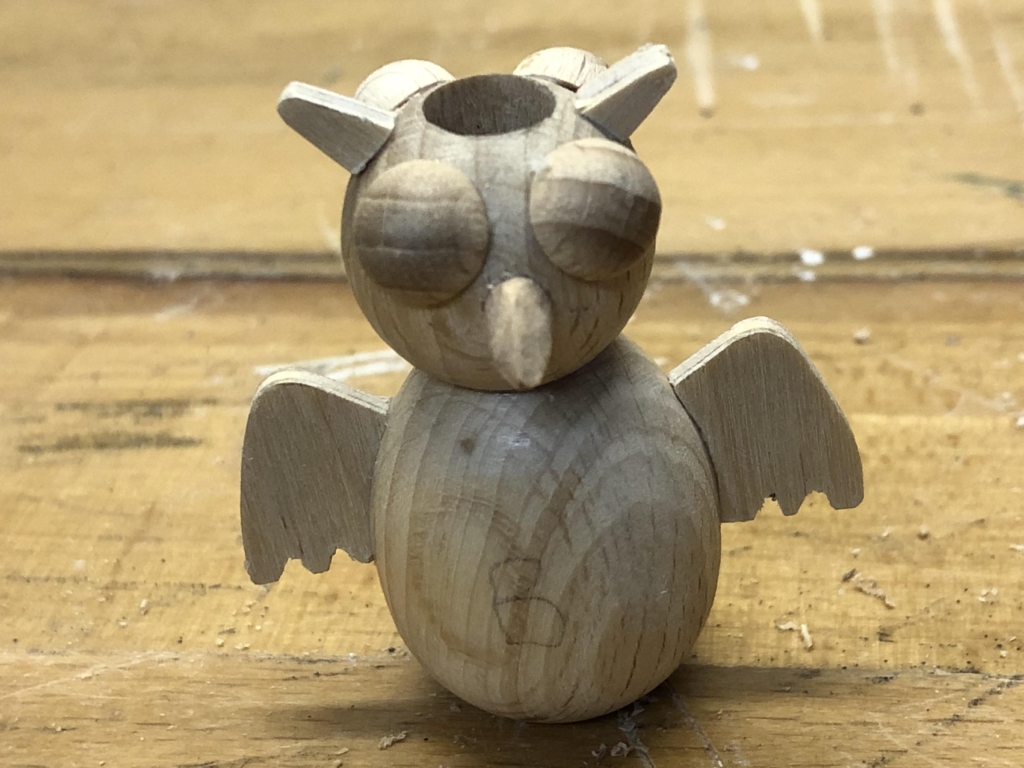
The Figure
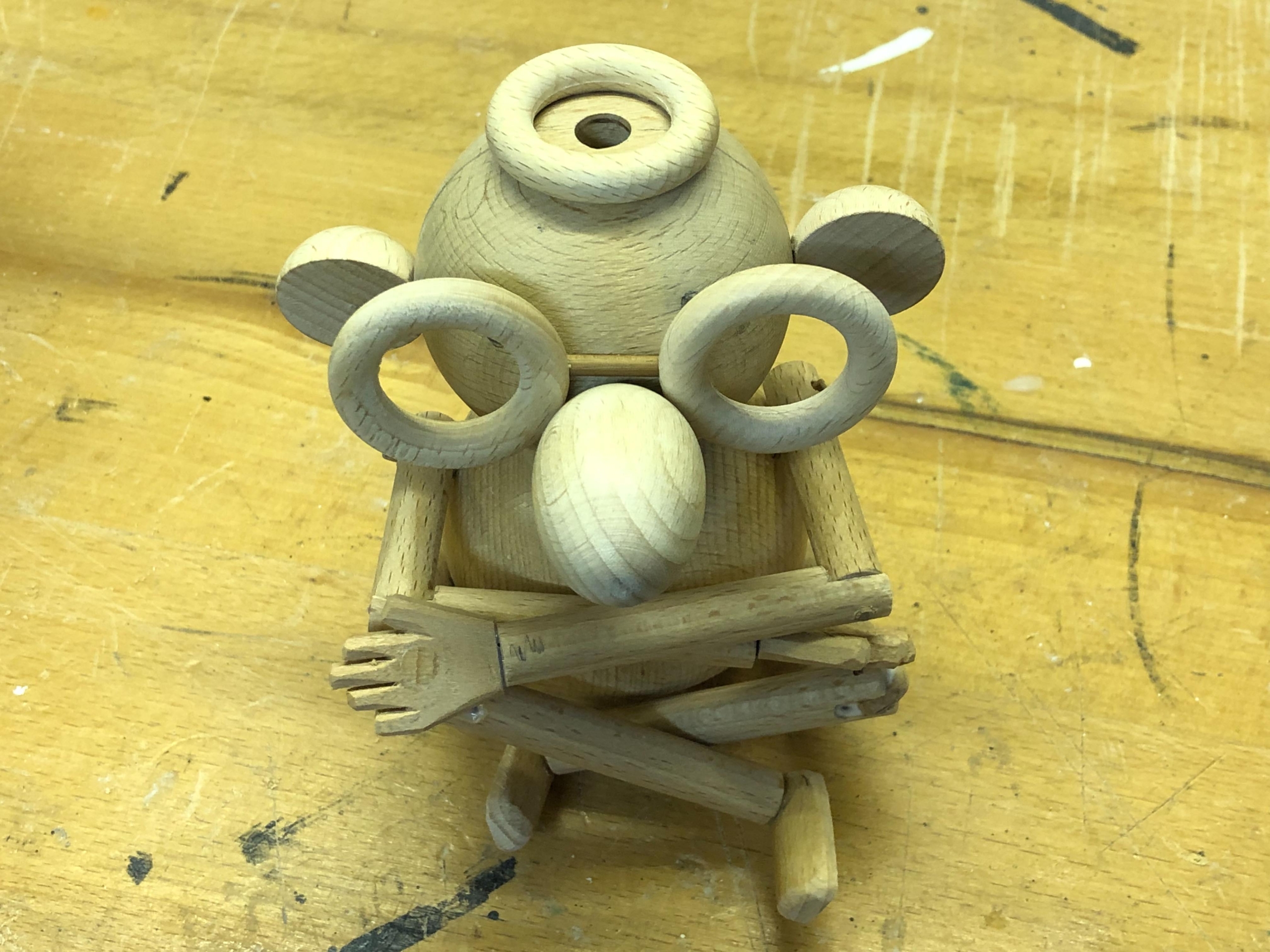
The figure has no moving parts, it is just a support for the owls and its hat with a vertical hole all of the way through which allows the brass tube to turn freely. I went for simple crossed arms and legs, which is my version of the correct pose for yogic flying. The figure is as short-sighted as I am, so of course it needs a pair of spectacles. The top ring serves as a nest for the owls.
The Hat
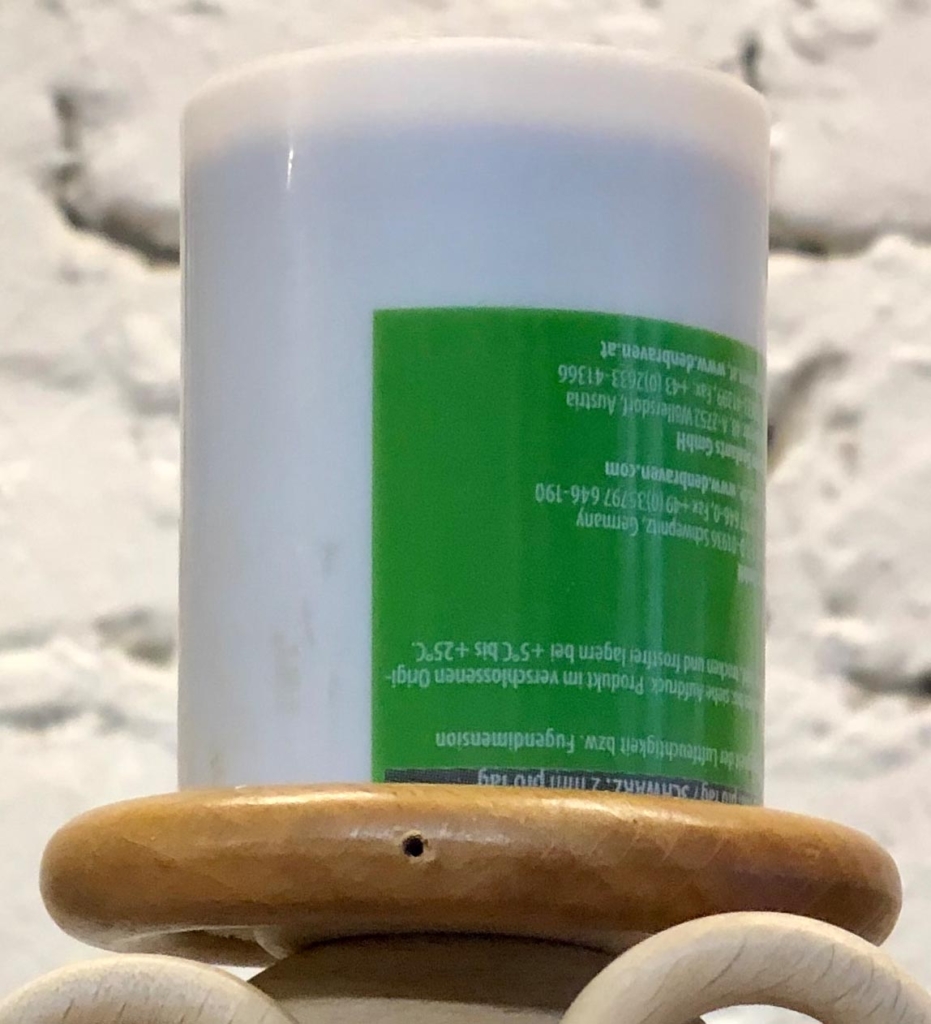
I needed thin walls for the hat, so that the owls have space to do their turns. An old plastic tube was just the right size, if a bit of a nuisance to paint, but I managed to find some suitable black gloss paint for a starry night. This also turned out to be so lightweight, that it would go nicely up but would then hesitate about coming down. A lead weight right at the top fixed that while leaving space for the owls.
The Drive Shaft for the Hat
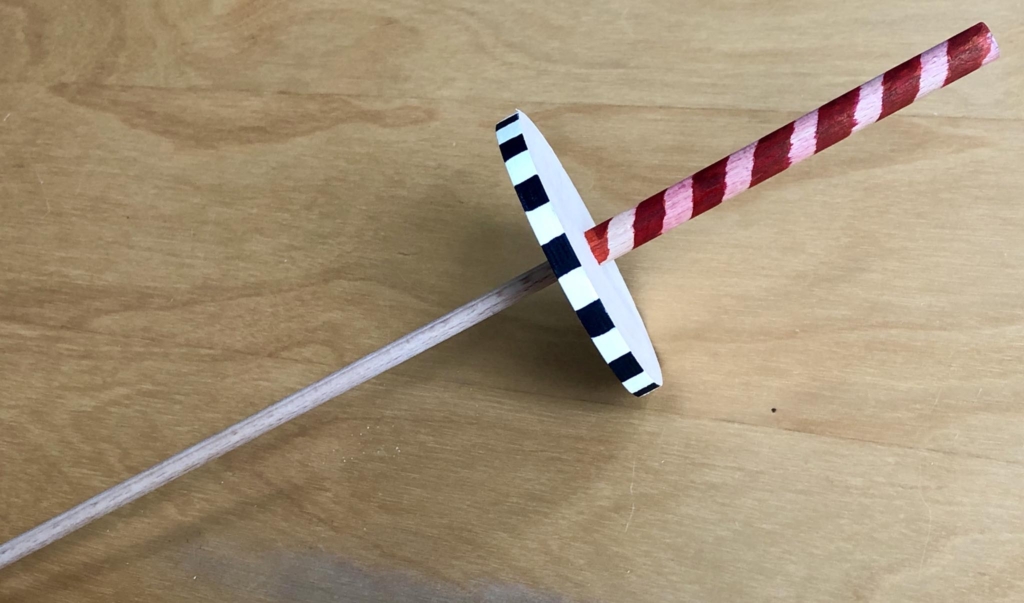
The thin part of the shaft runs inside the brass tube and is attached to the top of the hat after passing through the owls. The thicker part rests loosely in a hole drilled in some 25 mm dowel which is fixed to the bottom part of the base. It was OK to paint the outer circumference of the driven discs as they don’t touch anything. Using a strong pattern makes the movement very clear.
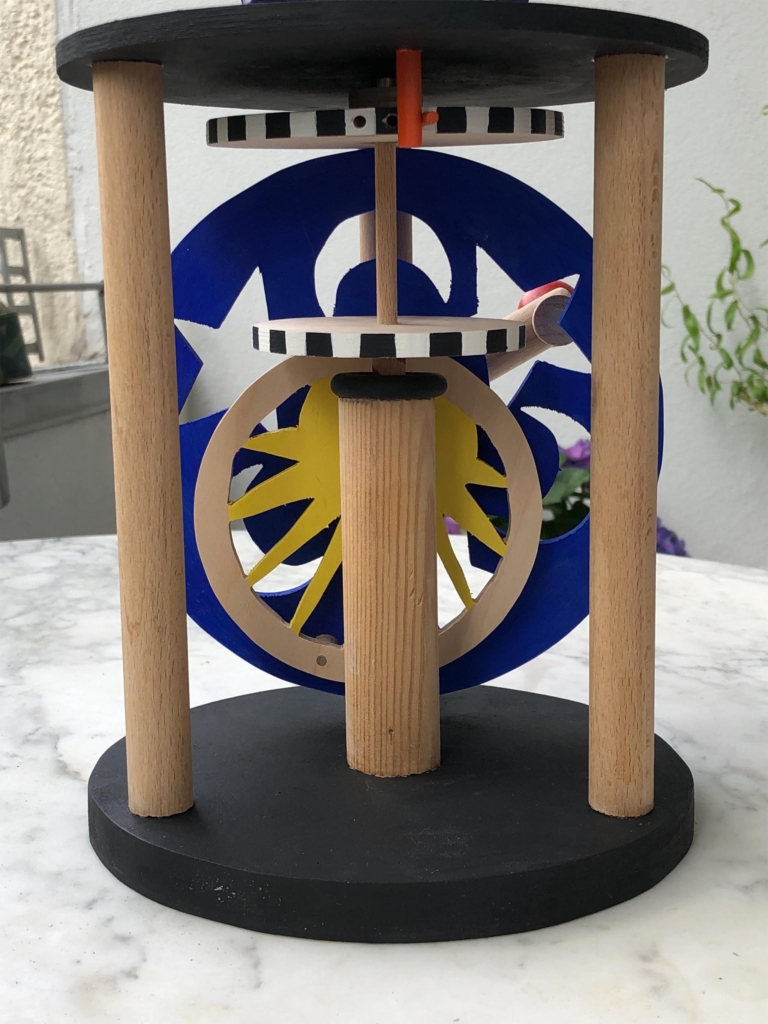
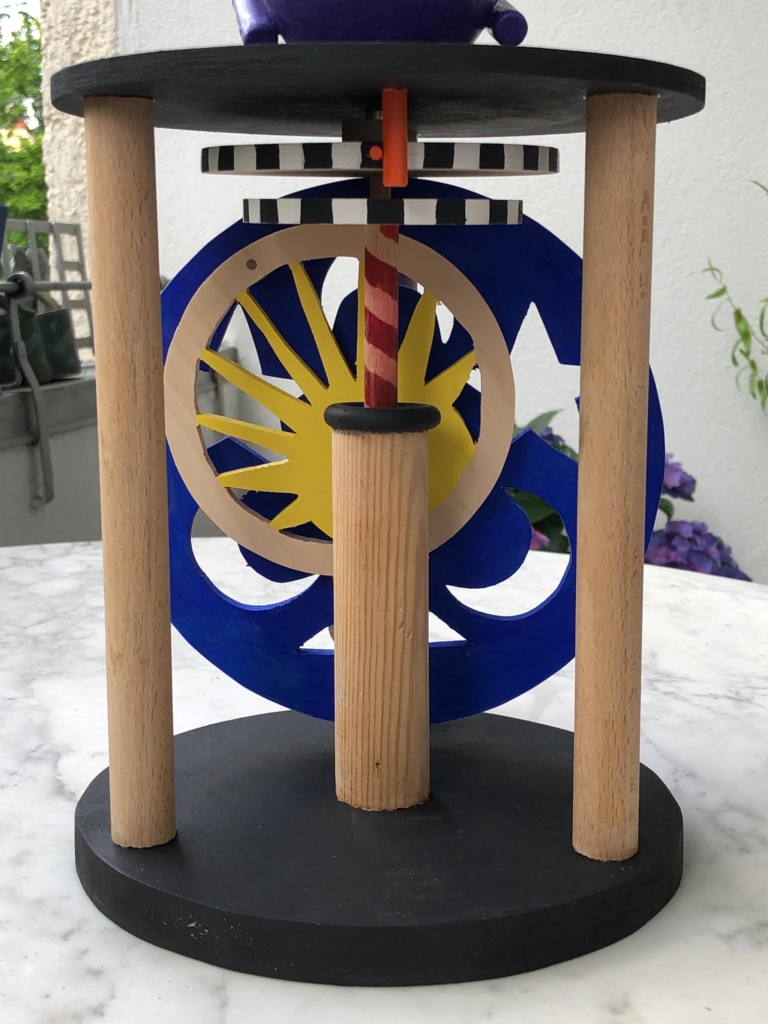
Reflections
The base is quite large owing to the need for a simple cam to produce 5 cm of vertical movement. I toyed with the idea of using a lever to multiply the cam’s movement, but without the rotation it would then not have been possible to magically change between red and green owls. There is probably a more complex solution which would do what is required in less space, but everyone wants to see how the mechanism works anyway, so having everything out in the open and brightly coloured makes it all a part of the show.
Video
Link https://www.youtube.com/watch?v=j5bezsL9vA8
